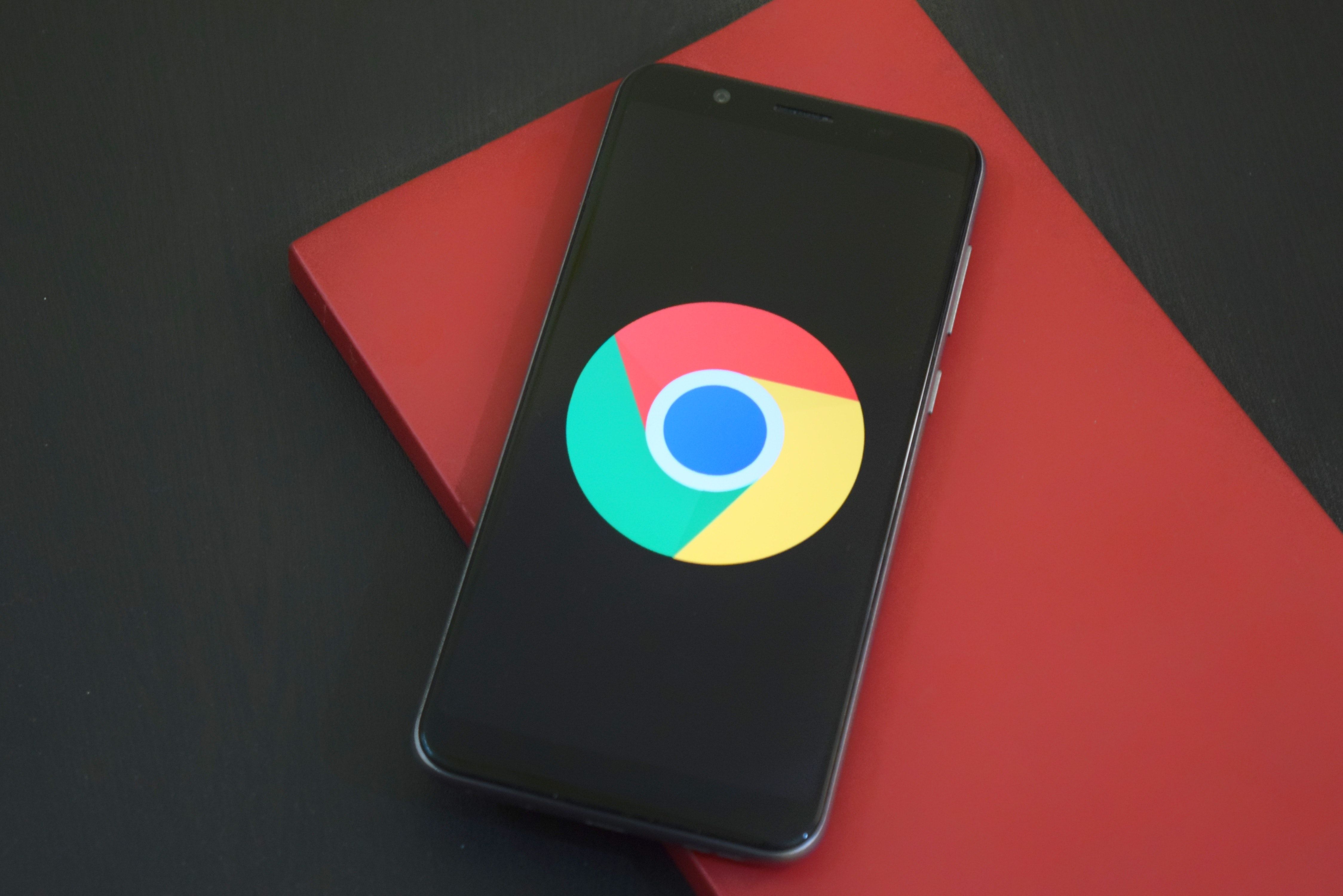Until a few years ago, mobile data was exorbitantly expensive and slow in most parts of the world. Back then, browsers with data-saving features were quite popular that compressed web pages server-side in a bid to reduce their size and improve loading times, like Opera Mini. Google also added a similar Data Saver mode in Chrome for Android in 2014 — it was renamed to Lite mode just a few years ago. However, as cellular data has become cheaper and faster in recent years, this feature is no longer necessary for most users. This is why with the release of Chrome 100 for mobile, the company will retire the Lite mode for good.
In a Google support forum post, Chrome's Support Manager Craig announced that mobile Chrome 100 would do away with the browser's data-saving feature — the release is due to make its way to the stable channel on March 29, 2022. The mode will also stop working on previous versions of the browser from that day. Besides several improvements to Chrome over the years to reduce data usage and improve page load times, Google has also seen mobile data costs decrease in many countries. Thus, it believes the data saving mode is no longer relevant in today's world.


The data saving mode was first rebranded to Lite mode in Chrome 73
Since this is a server-side feature, you cannot do much once it is disabled. If cellular data is still expensive in your part of the world and built-in data compression is a feature that your mobile browser must have, you can go through the best Android web browsers list to find some alternatives. Admittedly though, the data saving options are no longer as popular as they were 5-7 years ago.
While we assume that Google might hold back some new features so they hit this easily marketable version number, Chrome 100 still shouldn’t be a revolutionary update in any sense. However, the jump to a triple-digit version number can potentially break a bunch of websites.

